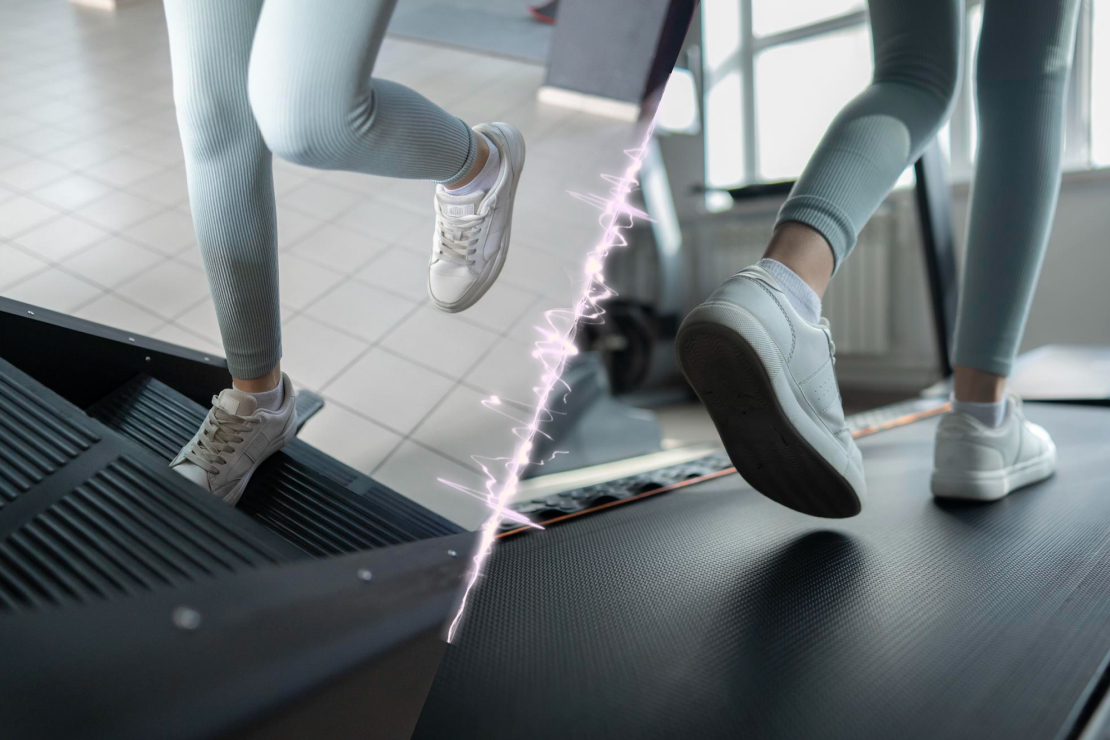Walking Uphill vs. Flat Terrain: Which Burns More Fat?
Discover the science behind walking uphill versus on flat terrain for fat loss. Learn which method maximizes calorie burn, targets specific muscles, and is most efficient for achieving your weight loss goals.

Table of Content
The Inclined Path to Fat Loss: Uphill vs. Flat Walking
Walking is one of the most accessible and effective forms of exercise for weight loss and overall health. But when it comes to maximizing fat burn, does the terrain matter? The debate between walking uphill and on flat ground is common among fitness enthusiasts. This comprehensive guide will delve into the science behind both methods, comparing their calorie-burning potential, muscle engagement, and overall efficiency for achieving your fat loss goals.
Understanding Energy Expenditure in Walking
The number of calories you burn during any physical activity depends on several factors, including your body weight, intensity, and duration. When walking, the incline significantly impacts the energy demand on your body.
Key Factors Influencing Calorie Burn:
- Body Weight: Heavier individuals generally burn more calories as their bodies require more energy to move.
- Pace/Speed: A faster walking pace increases calorie expenditure.
- Duration: The longer you walk, the more calories you burn.
- Incline/Resistance: Walking uphill or against resistance (like wind) significantly increases the workload.
- Fitness Level: Fitter individuals may burn slightly fewer calories for the same activity as their bodies become more efficient.
Walking on Flat Terrain: The Foundation
Walking on flat terrain is an excellent starting point for anyone looking to increase their physical activity. It's low-impact, easy to sustain, and can be done almost anywhere.
Calorie Burn on Flat Terrain:
On average, a 70kg (154lb) person walking at a moderate pace (4.8 km/h or 3 mph) on flat terrain can burn approximately 200-250 calories per hour. This makes it a great option for daily activity and contributing to a calorie deficit.
Muscle Engagement:
- Primarily engages quadriceps, hamstrings, glutes, and calves.
- Core muscles are engaged for stability.
- Less emphasis on specific muscle groups compared to uphill walking.
Walking Uphill: The Fat-Burning Accelerator
Introducing an incline to your walk dramatically increases the intensity and, consequently, the calorie and fat burn. Whether on a treadmill or natural terrain, walking uphill forces your body to work harder against gravity.
Calorie Burn Uphill:
Walking uphill can burn significantly more calories than walking on flat ground. For the same 70kg (154lb) person at a moderate pace, walking on a 5% incline can increase calorie burn to approximately 350-450 calories per hour. A steeper incline (e.g., 10-15%) can push this even higher, potentially reaching 500-600+ calories per hour.
Targeted Muscle Engagement:
- Glutes and Hamstrings: These muscles work harder to propel your body upwards, leading to increased strength and toning.
- Calves: Experience greater activation due to the push-off required.
- Core: Engaged more intensely to maintain balance and posture on an incline.
- Cardiovascular System: Your heart rate will elevate more quickly, providing a more intense cardiovascular workout.
Head-to-Head Comparison for Fat Loss
| Feature | Flat Terrain Walking | Uphill Walking |
|---|---|---|
| Calorie Burn (per hour) | Moderate (200-250) | High (350-450+ depending on incline) |
| Fat Burn Efficiency | Good, especially for longer durations. | Higher, due to increased intensity and EPOC effect. |
| Muscle Activation | General leg and core muscles. | Significantly more glutes, hamstrings, and calves. |
| Cardiovascular Intensity | Moderate. | Higher, quickly elevates heart rate. |
| Joint Impact | Very low. | Low to moderate (still lower than running). |
| Accessibility | Very high (anywhere). | Requires hills or incline treadmill. |
The Science of Fat Burning: Why Uphill Wins
While both forms of walking contribute to fat loss by creating a calorie deficit, uphill walking has a distinct advantage due to its higher intensity and impact on your metabolism.
- Increased Metabolic Rate: The greater effort required to walk uphill elevates your heart rate and oxygen consumption, leading to a higher metabolic rate during the exercise and for a period afterward (Excess Post-exercise Oxygen Consumption or EPOC).
- Targeted Muscle Recruitment: Engaging larger muscle groups (glutes, hamstrings) more intensely means more calories are burned during the activity. These muscles are also metabolically active, contributing to a higher resting metabolism over time.
- Higher Perceived Exertion: Even at a slower pace, walking uphill feels harder, which can lead to a greater physiological response and more significant adaptations for fat loss.
- Improved Cardiovascular Fitness: The increased demand on your heart and lungs strengthens your cardiovascular system, making your body more efficient at burning fat during all activities.
Integrating Uphill Walking into Your Routine
You don't need mountains to incorporate uphill walking. Treadmills offer adjustable inclines, allowing you to control the intensity precisely. Start with a moderate incline (e.g., 3-5%) and gradually increase as your fitness improves. You can also try interval training, alternating between periods of uphill and flat walking.
Sample Uphill Walking Workout (Treadmill):
- Warm-up: 5 minutes flat terrain at easy pace.
- Interval 1: 5 minutes at 5% incline, moderate pace.
- Interval 2: 5 minutes flat terrain, brisk pace.
- Repeat: 3-5 times.
- Cool-down: 5 minutes flat terrain at easy pace.
Beyond the Treadmill: Outdoor Uphill Walking
If you prefer the outdoors, seek out natural hills, inclines, or even stairs in your neighborhood. Hiking trails are excellent for incorporating varied inclines and engaging different muscle groups. Outdoor walking also offers the added benefits of fresh air and mental well-being.
Tips for Maximizing Fat Loss with Walking
- Consistency is Key: Aim for at least 150-300 minutes of moderate-intensity walking per week.
- Progressive Overload: Gradually increase your pace, duration, or incline to keep challenging your body.
- Combine with Strength Training: Building muscle mass boosts your resting metabolism, further enhancing fat burn.
- Mind Your Nutrition: Walking helps create a calorie deficit, but a balanced, whole-food diet is crucial for sustainable fat loss.
- Stay Hydrated: Drink plenty of water before, during, and after your walks.
- Track Your Progress: Use a fitness tracker or app (like Macro Tracking AI) to monitor your steps, distance, calories burned, and overall progress.
Frequently Asked Questions
How much incline is best for fat burning?
Starting with a 3-5% incline is effective for most beginners. As you get fitter, you can gradually increase to 7-10% or even 15% for a more intense workout. The key is to find an incline that challenges you while allowing you to maintain good form and a consistent pace.
Is walking uphill better than running on flat ground?
For calorie and fat burn, walking uphill at a brisk pace can be comparable to or even exceed running on flat ground, especially for individuals who find running too high-impact. Uphill walking offers a lower-impact alternative that still provides significant cardiovascular and muscle-strengthening benefits.
What muscles does uphill walking target?
Uphill walking primarily targets the glutes, hamstrings, and calves more intensely than flat walking. It also engages the core muscles more for stability and balance, providing a more comprehensive lower-body workout.
"While any form of walking is beneficial, incorporating inclines can significantly amplify your fat-burning potential and strengthen key muscle groups. Challenge yourself by going uphill, and you'll see accelerated results on your weight loss journey."
Start Your Health Journey Today
Download Macro Tracking AI and take control of your nutrition with the power of artificial intelligence.
Download on App Store

